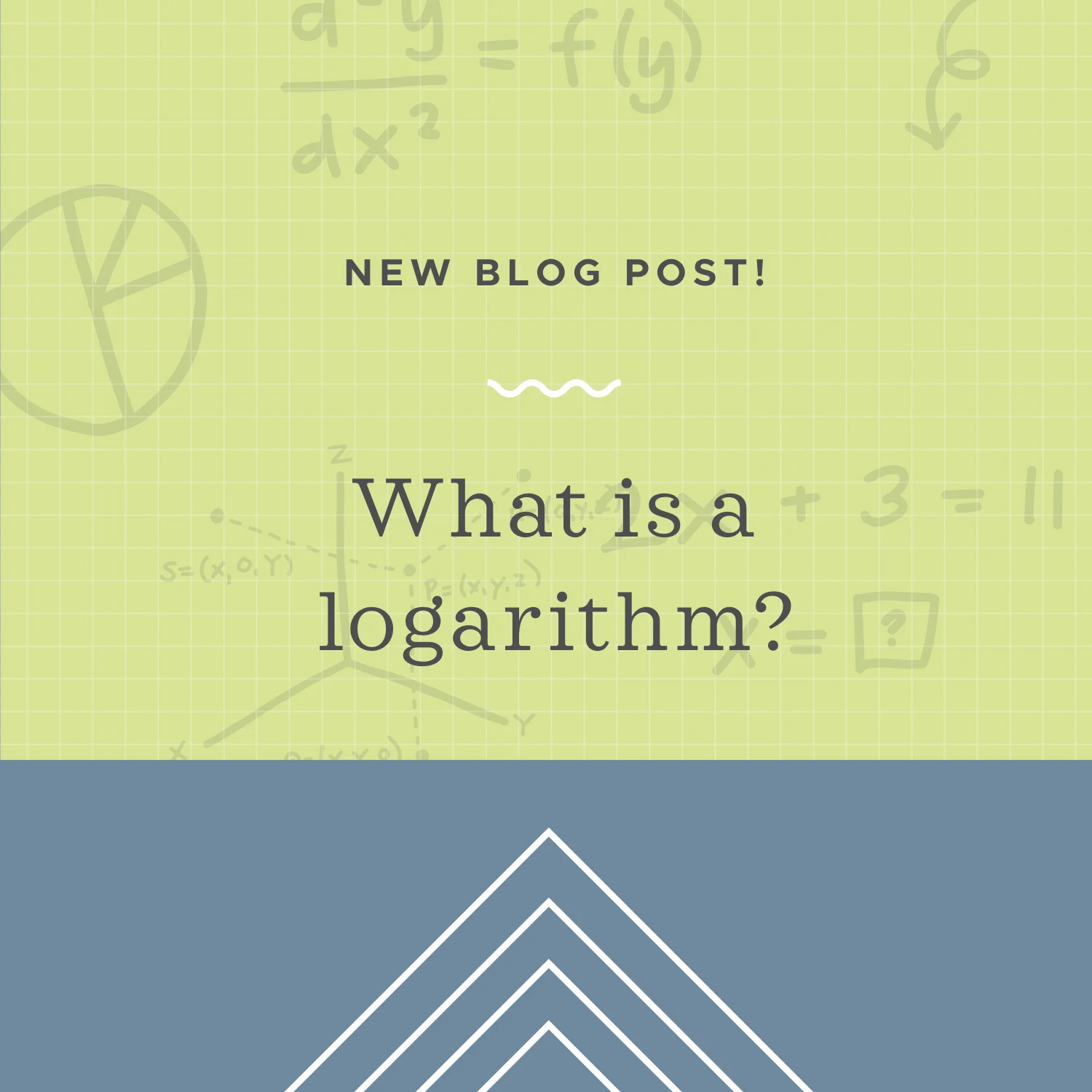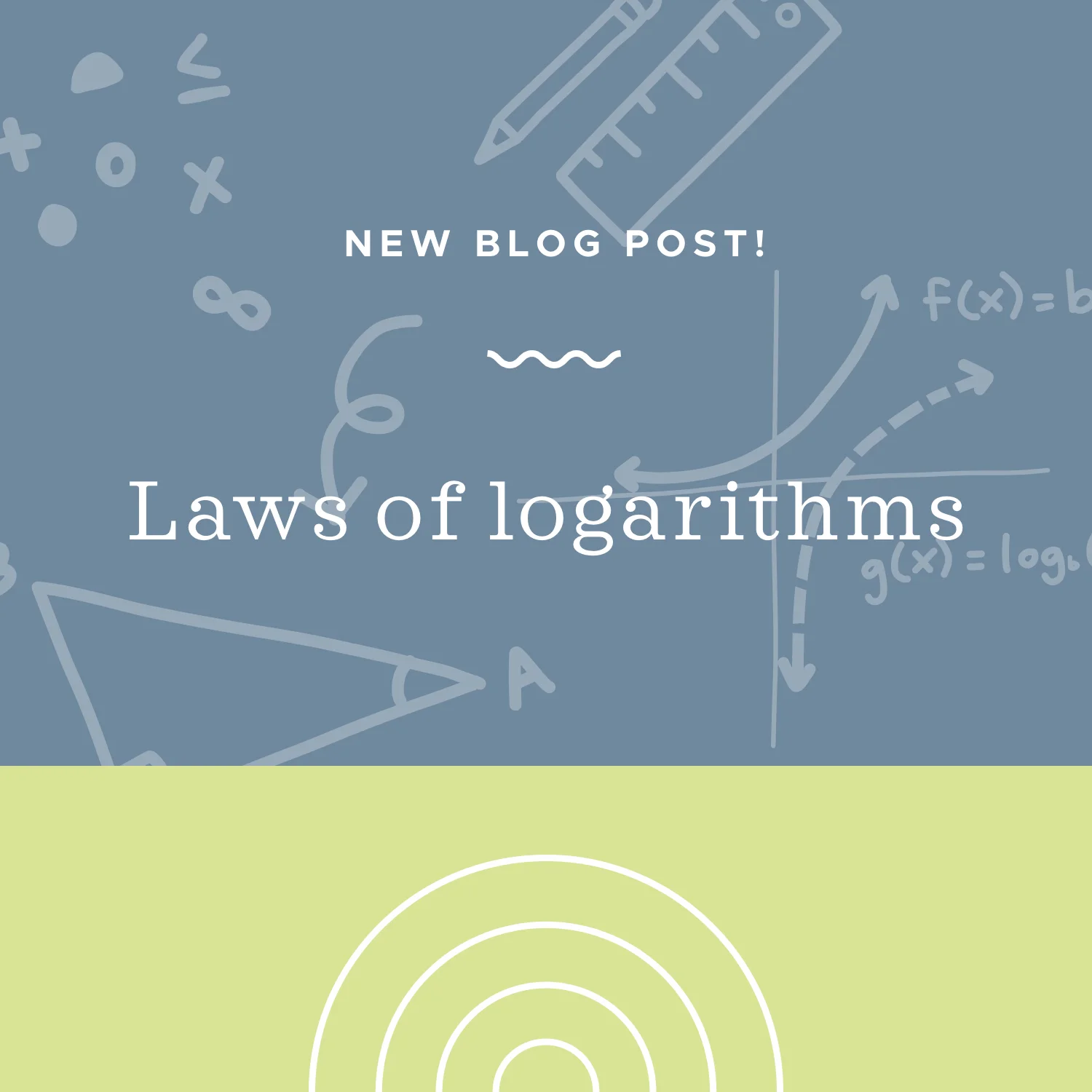The general log rule relates the logarithmic function to an exponential function. It tells us that log_a(y)=x and a^x=y are equivalent, and similarly, that log_a(x}=y and a^y=x are equivalent.
Read MoreRemember that an exponent tells us how many times to multiply the base by itself. Logarithms tell us how many times we multiply one number by itself in order to get a different number. Exponentials and logarithms are related to one another with the general log rule.
Read MoreLaws of logarithms (or laws of logs) include product, quotient, and power rules for logarithms, as well as the general rule for logs (and the change of base formula we’ll cover in the next lesson), can all be used together, in any combination, in order to solve log problems.
Read MoreYou can always evaluate logs using the general log rule, but sometimes, depending on the value of the base and the argument, simplifying the exponential expression can be a little tricky.
Read More





